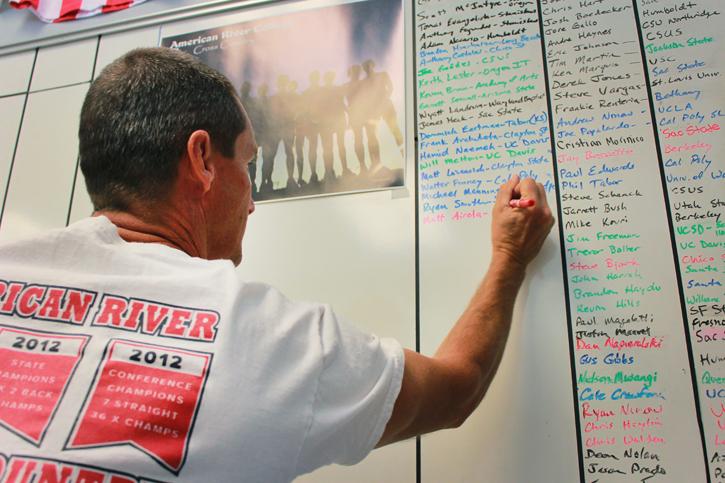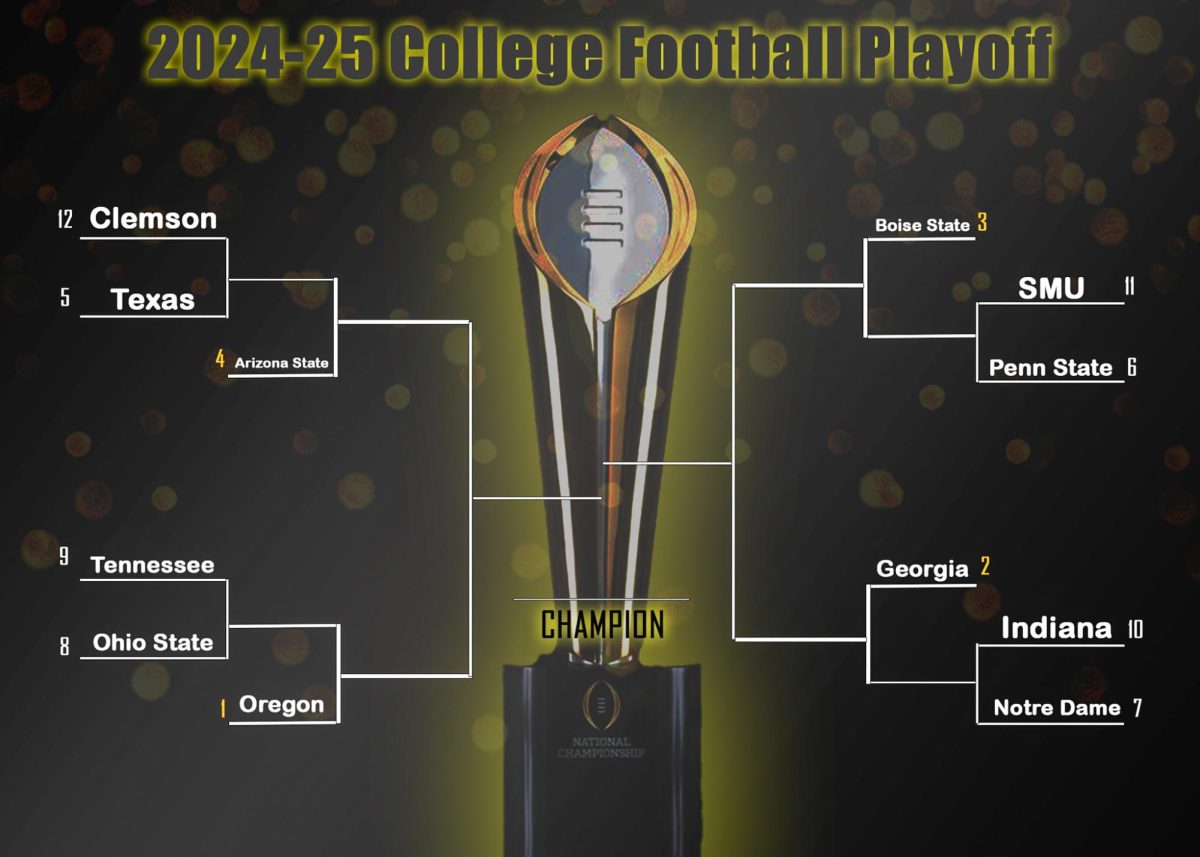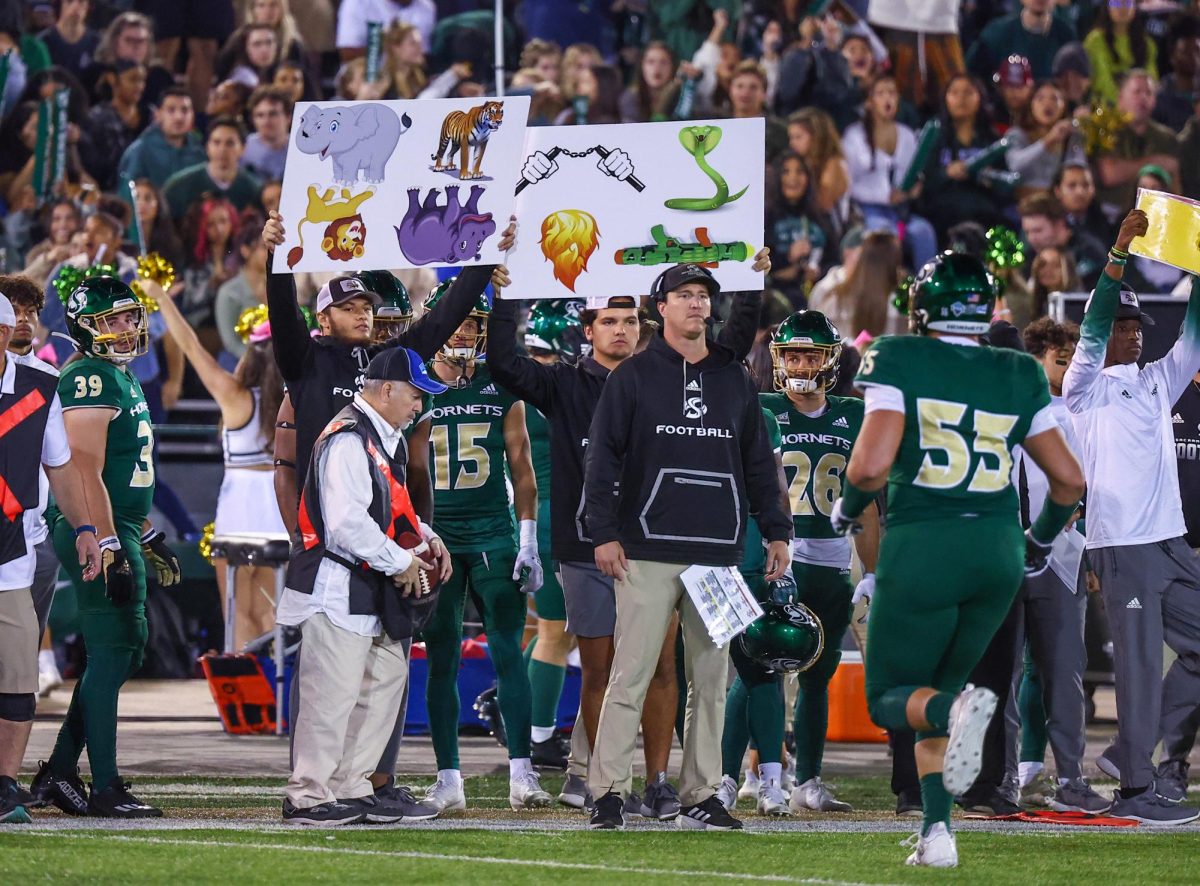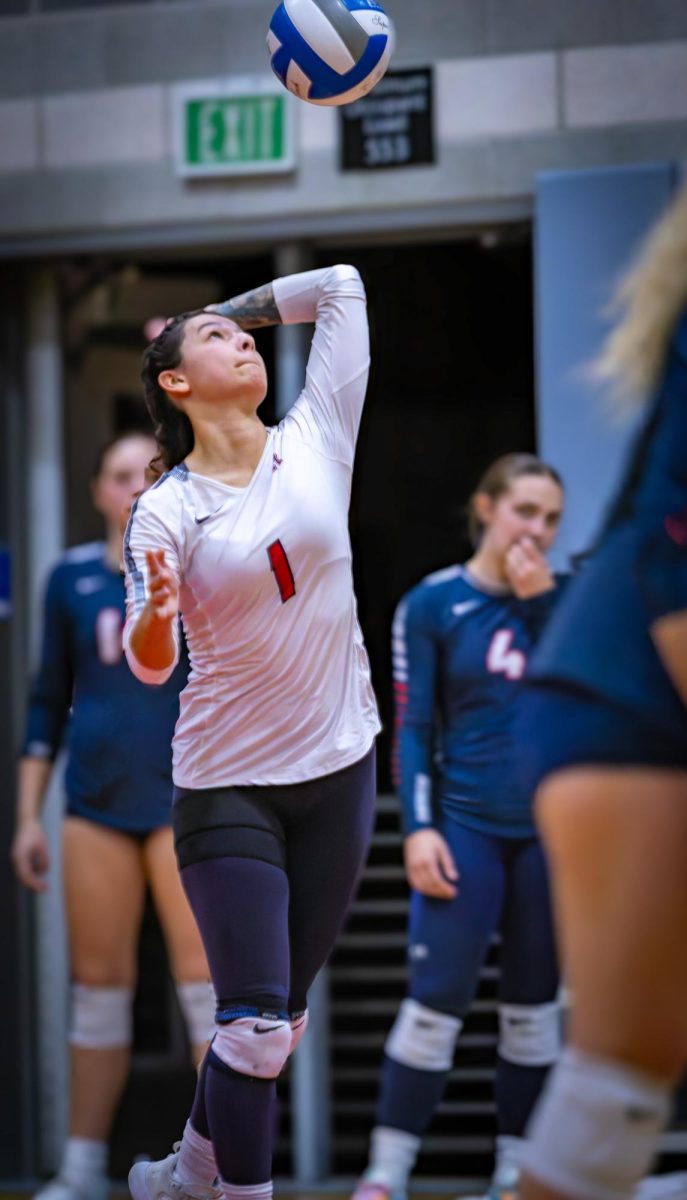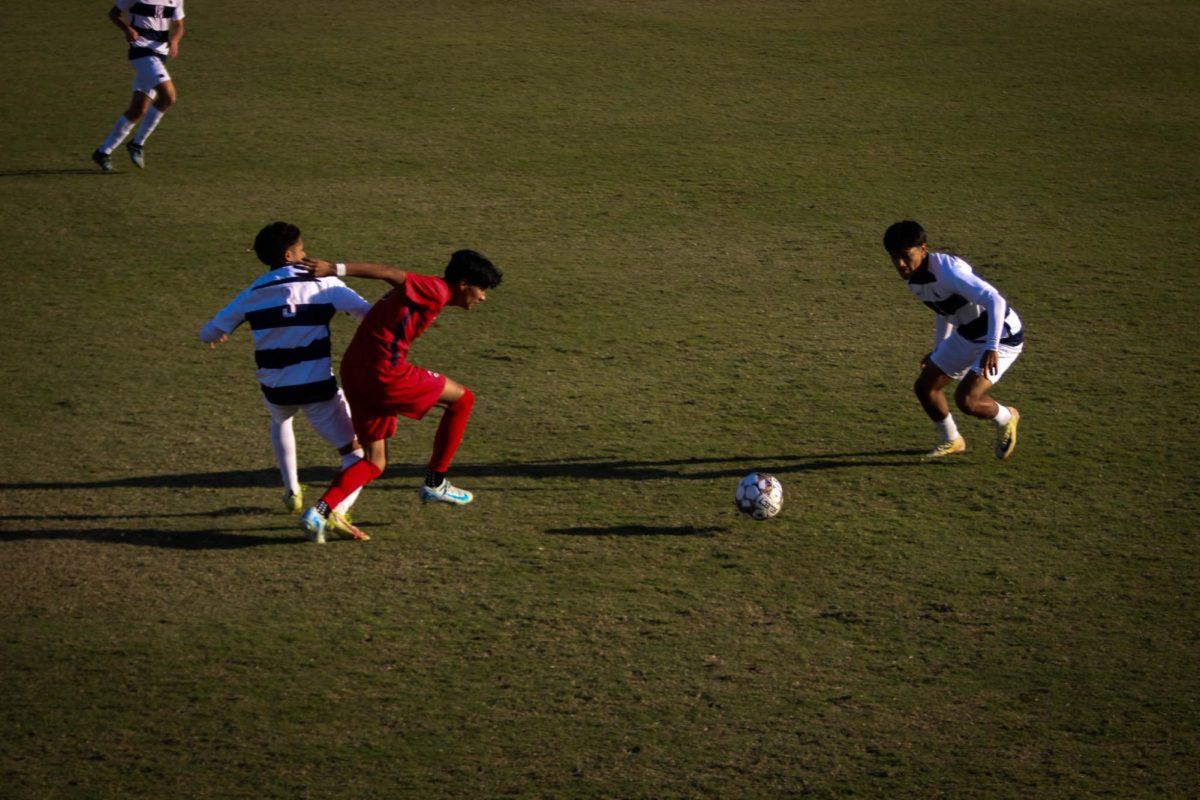Advanced stats changing coaching philosophies
To an unknowing eye a sporting event may seem the most archaic of events taking place on a college campus, one in which primitive behaviors are touted and rewarded. In recent years, however, college sports teams have housed databases and analyses progressive enough to rival that of their campus’ biology labs.
While simple, arbitrary statistics such as points per game have been kept for generations, new databases often referred to as “advanced statistics” or “advanced metrics” are becoming very commonplace in college sports.
These studies of obscure trends track more situational occurrences in hopes of providing insight that allow coaches and players a chance at optimal efficiency.
Rick Anderson, head coach of American River College’s men’s cross country team cites a case in which further analysis of very straight-forward statistics changed his team’s warm-up regime.
“We looked back at the mile times over a four-mile race and kind of came to the conclusion that in most cases the middle of the race was not as fast as the start and the end,” Anderson said. “(From that) we deduced that their warm up was not proper… over the years we’ve changed how they warm up to make sure their heart rate is up higher.”
While this approach applies very straightforward statistics to help individual athletes achieve peak kinesthetic execution, more intricate data has been used to shape new philosophies in team sports.
Ashlie Hain, head coach of ARC’s women’s volleyball team, has recently become aware of correlation between wins and service aces, drawing focus away from more emphatic scoring methods, like kills.
“Basically it’s a serve-and-pass game,” Hain said. “You always want to look at kills, but really that’s not the piece of the puzzle that equates to success. Every team will get kills, not every team gets service aces. So if you can minimize reception errors and add better serving you’ll be more successful.”
ARC athletic director Greg Warzecka has followed the recent statistical trend at the college level and believes it to be a valuable tool for community college coaches, who often struggle recruiting elite talent to their programs.
“With scholarships, many four-year institutions recruit toward a certain philosophy because of the resources and facilities available to them. This is not necessarily the case in community college,” Warzecka said.
Warzecka has observed these intricate databases that allow coaching staffs to maximize their success with “eclectic” rosters.
Hain confirmed this observation, but never overlooks an opportunity to bring a superior athlete into her program, regardless of philosophy.
“I’m always looking for the best athlete. You can teach them to serve tough and pass well,” Hain said. “But if you see a recruit out there that’s just passing nails, that’s probably someone you want to have on the team, even if they’re not very good in any other category.”
Warzecka and other staff are embracing the increased importance of data, but have concerns about straying too far from the human element that is critical in team sports.
“(This is) a more permanent shift in the sports culture.” Warzecka said. “(But) finding a balance is always most desirable, and probably will lead to a high level of success.”


